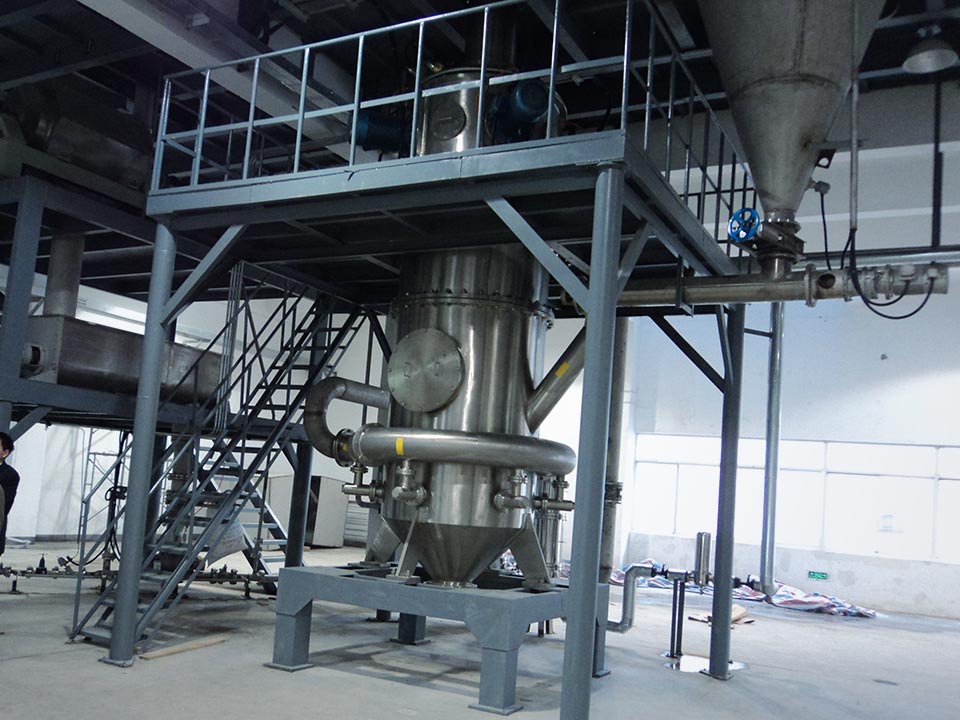Application of ultra-fine jet mill in chemical industry
With the development of the chemical industry, ultra-fine non-metallic mineral materials with a wide range of raw materials, relatively cheap prices, and mature processing and manufacturing technologies have become more and more widely used in the chemical industry.
For example, the wet chemical method is used to manufacture ultra-fine and high-purity Al2O3 powder. Because of its high mechanical strength, high hardness, high temperature insulation resistance, chemical resistance and good thermal conductivity, it has been widely used in the chemical industry. In all production links. The ultra-fine catalyst can increase the cracking speed of petroleum by 1 to 5 times. The ultra-fine red phosphorus can not only be made into a high-performance combusting agent, but also can produce new flame-retardant materials by reacting with other organic substances. The ultra-fine solid content in paints, coatings and dyes can be made into new products with high performance and high adhesion. In paper, plastic and rubber products, its solid fillers: heavy calcium carbonate, titanium oxide, silicon oxide and other ultra-fine particles can produce high-performance copper paper, plastic and rubber products. In the chemical fiber and textile industries, the use of ultrafine iron oxide and silicon oxide can improve the quality and smoothness of the product.
It can be seen that ultra-fine powder plays a very important role in the chemical industry, so how to obtain ultra-fine powder that meets the requirements of the industry? The jet mill is needed here. The jet mill is one of the ultra-fine crushing equipment, and it is also the finest equipment in the dry crushing equipment.

In the chemical industry, jet mills have been widely used, and they play a vital role in the processing of various raw materials such as catalysts, flame retardants, coatings, dyes, calcium carbonate, and oxides.
In the production process of the jet mill, the compressed air is mainly used for freezing, filtering and drying in the equipment, and then forming a supersonic air flow through the nozzles inside the equipment. After a strong pressure, it is rotated and injected into the grinding chamber, so that the material to be crushed in the grinding chamber presents a fluidized form. In the rotating crushing chamber, the accelerated materials gather at the intersection of the jets of several nozzles, causing violent collisions, frictions, and shearing to reach the ultra-fine crushing of the particles. The pulverized material is transported to the impeller classification area by the rising airflow. Under the action of the centrifugal force of the grading wheel and the suction force of the fan, the coarse and fine powder are separated. The coarse powder returns to the crushing chamber by its own gravity to be crushed again, and the qualified fine powder With the airflow into the cyclone collector, the fine dust is collected by the bag filter, and the purified gas is discharged by the induced draft fan.
